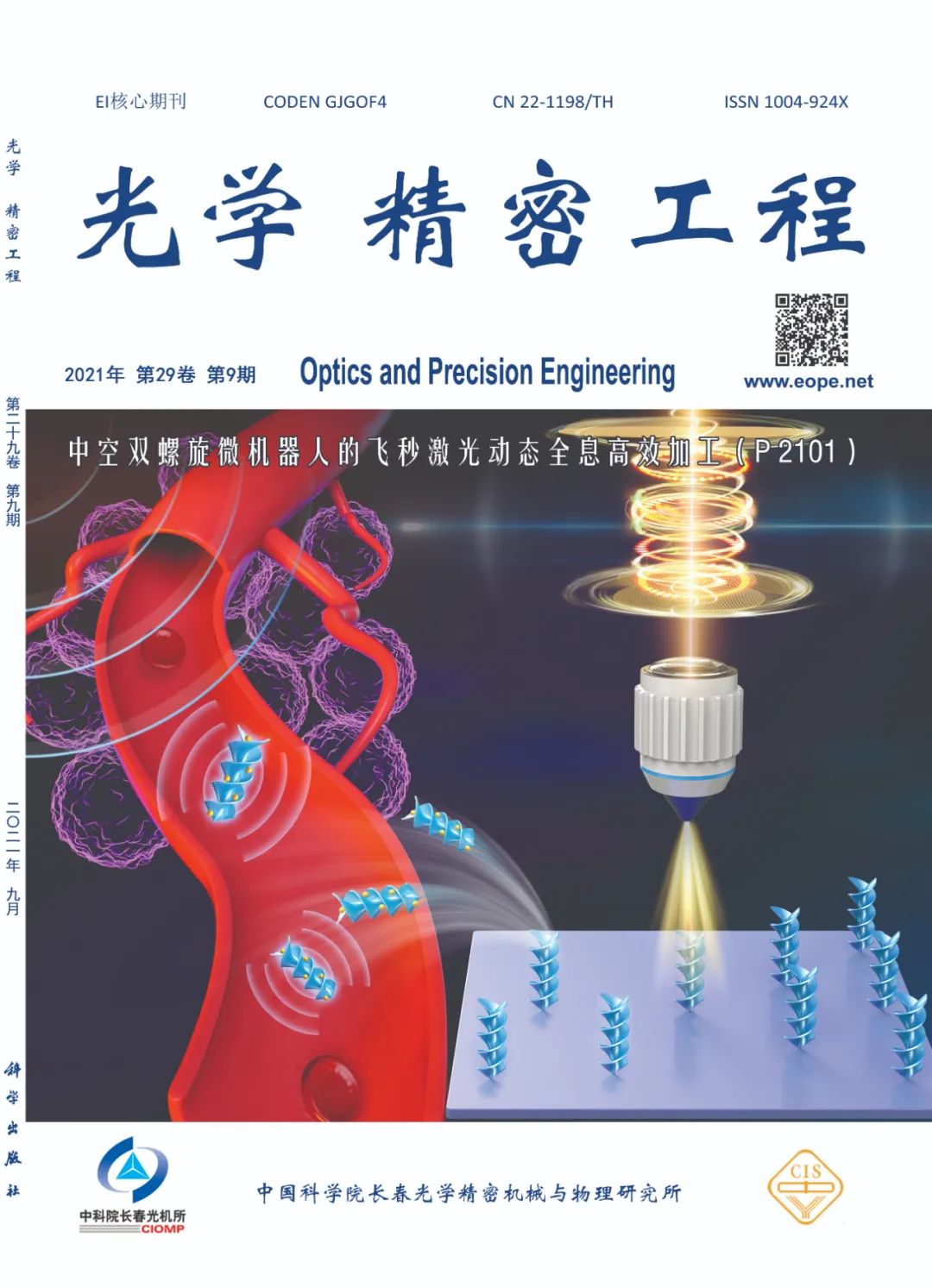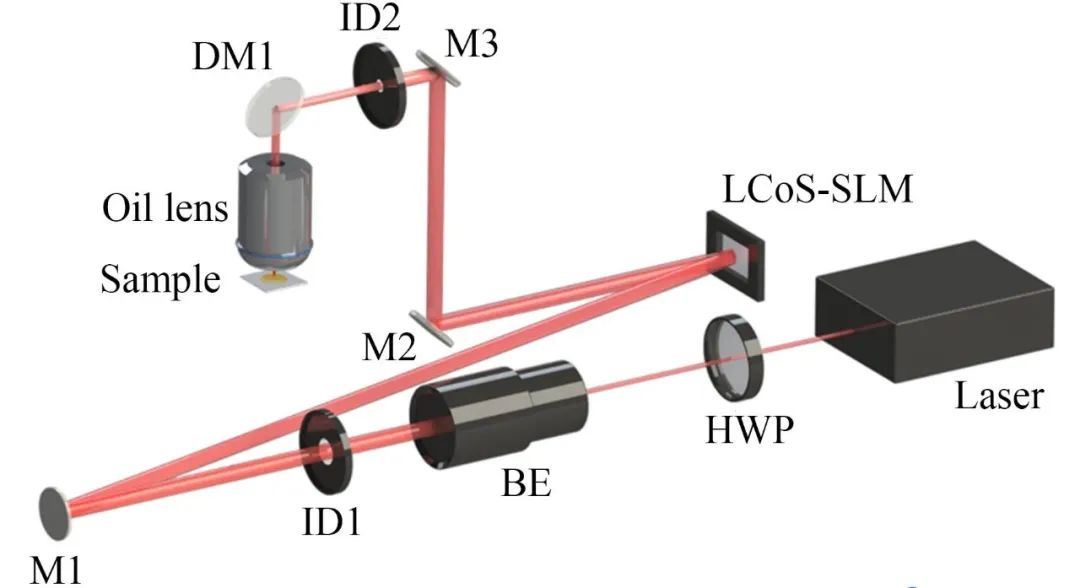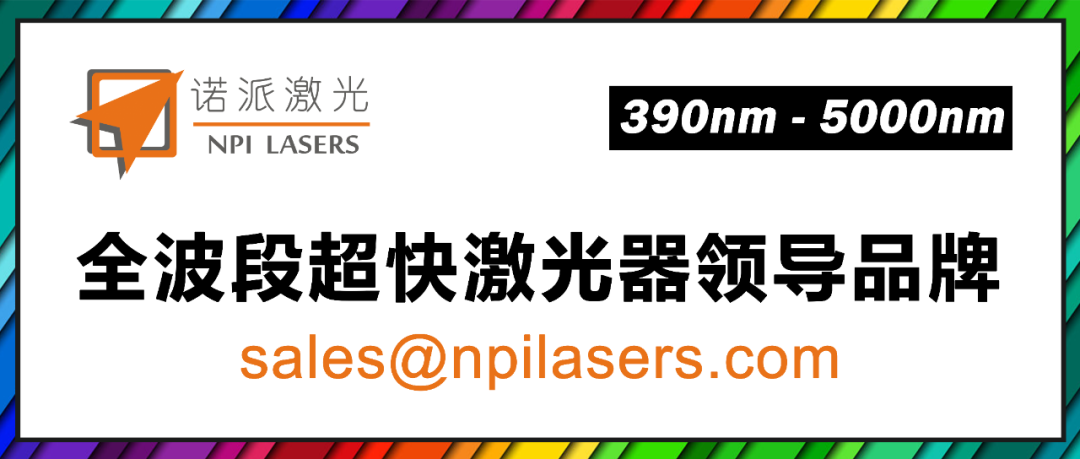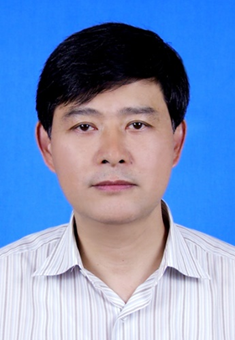Banner | Promotion
Driveable Micro Robots have broad application prospects in non-invasive surgery, targeted delivery, detoxification, etc., and have received widespread attention. However, these applications place more demands on the performance of micro robots.
For example, in non-invasive surgery, people hope to safely manipulate micro robots to target diseased cells without contact. In targeted delivery, micro robots with strong loading capacity are essential for transporting various drugs within the body. In detoxification applications, a larger relative contact area and pollution-free mass production are key to rapidly removing toxic substances. Therefore, micro robots with characteristics such as contactless manipulation, strong loading capacity, and mass production capability are urgently needed.
Currently, various strategies have been proposed for manufacturing micro helical robots, such as film self-curvature, laser direct writing, etc., but these methods still face issues such as complex manufacturing processes, time-consuming processing, and weak loading capacity of the processed helical structures.
To address these issues, a team led by Professor Li Jiawen from University of Science and Technology of China proposed a method of generating locally enhanced annular light fields using femtosecond Bessel beam superposition interference, combined with dynamic holography, to rapidly fabricate micro hollow double helical robots and achieve wireless magnetic drive, providing a new pathway for the mass production of magnetic-driven micro robots for widespread application in biomedicine.
This achievement was published under the title “Efficient Processing of Hollow Double Helical Micro Robots Using Femtosecond Laser Dynamic Holography” in the journal Optics and Precision Engineering, and was selected as the cover article for Volume 29, Issue 9.
Song Bowen, Li Jiawen. Efficient Processing of Hollow Double Helical Micro Robots Using Femtosecond Laser Dynamic Holography [J]. Optics and Precision Engineering, 2021, 29(09):2101-2107. DOI: 10.37188/OPE.20212909.2101
Paper URL
http://ope.lightpublishing.cn/thesisDetails#10.37188/OPE.20212909.2101
Click here for the paper

Cover image of Optics and Precision Engineering Volume 29, Issue 9, 2021
Reporter for this issue: Zang Chunxiu (Scientific Editor of Optics and Precision Engineering)
Guest: Li Jiawen (University of Science and Technology of China, Associate Professor)
Q1: Please introduce the technical route of this research and the results obtained.
A: There are several main aspects:
(1) Superimposing the Bessel holograms generated based on the Bessel transfer function and simulating and experimentally measuring the generated light field. Then using the superimposed holograms to process annular structures with different side lobe numbers (2-4), analyzing the effects of two different parameters on side lobe width and ring diameter.
(2) By introducing a dynamic holography processing method, efficient and rapid processing of micro hollow double helical robots was achieved, with a width of 25µm and a length of 100µm.
(3) Using capillary force suction, loading of microparticles with diameters of 1µm and 2.5µm was achieved.
(4) Micro robots were driven in a microfluidic environment using a rotating magnetic field. Experiments showed that processing a single micro robot only took 6 seconds, and the micro robot advanced 400 µm in a straight line within 7 seconds under a rotating magnetic field.

Schematic diagram: Femtosecond laser dynamic holographic processing system
Q2: Femtosecond processing technology has been applied to the processing of metals, semiconductors, organics, and various complex structures. What advantages does this processing technology have when applied to the manufacturing of micro helical robots compared to conventional processing techniques?
A: The advantages of femtosecond laser processing technology in the manufacturing of micro helical robots compared to conventional manufacturing techniques mainly include:
(1) Ultra-high processing resolution: The three-dimensional shaping technology used in this paper is femtosecond laser two-photon polymerization technology, where two-photon absorption of materials is a nonlinear effect that occurs only in the focal region of the laser, enabling photochemical polymerization and breaking through the optical diffraction limit with a spatial resolution that can reach the nanometer level, making it particularly suitable for high-quality processing of micro-nano level robots, which conventional processing methods cannot achieve with high quality at the micron level.
(2) High processing efficiency: Femtosecond laser two-photon polymerization directly forms structures at the laser focus, and in this paper, rotating structured light is used to rapidly scan the light polymerizing materials, allowing for the quick manufacturing of micro double helical robots at the hundred-micron level within 6 seconds, greatly reducing processing time and improving efficiency compared to previous conventional processing methods.
(3) Multi-material processing: Two-photon polymerization can process a wide variety of materials, including photoresist, hydrogels, and various doped composite materials. Micro robots made from different materials can meet various application needs in the same context, such as biodegradable hydrogel-based micro robots that can self-degrade in the body after completing targeted delivery tasks, reducing the risks of secondary removal or prolonged presence in the human body; composite materials doped with magnetic iron oxide nanoparticles can also be directly processed using femtosecond laser two-photon polymerization, allowing the processing and metallization of micro robots to be completed in one step, simplifying the complexity of processing magnetic-driven micro robots, shortening processing time, and saving production costs.
Q3: Why is the off-axis superposition interference method using Bessel light chosen in the experiment, and what advantages does it have over the coaxial interference method?
A: To manufacture micro helical robots with loading capabilities, the morphology of the micro robots must possess helical characteristics and chambers. To quickly produce micro robots with these two features, structured light processing is a solution. Common structured lights such as Bessel light, vortex light, and Airy light cannot meet the processing requirements, while coaxial interference of vortex light generates annular multi-focus structured light more suitable for processing micro cage structures. Therefore, there is an urgent need to develop a new structured light specifically for the efficient manufacturing of micro helical robots with loading capabilities.
Inspired by coaxial interference, our group focused on the study of Bessel light. Bessel light has a ring-shaped intensity distribution and can achieve the processing of hollow ring chambers, but the realization of helical characteristics still needs to be addressed.
Our group attempted off-axis superposition interference of Bessel light, analyzing the simulated intensity distribution of the new light field generated by off-axis superposition interference of Bessel light, and found that the new structured light retains the annular characteristics and uniformly distributes energy enhancement points along the circle, with the number of enhancement points depending on the number of superimposed Bessels.This special light field distribution is particularly suitable for processing micro helical robots with hollow chambers.
Q4: What key issues does this research solve in the processing of micro helical robots?
A: It addresses the low processing efficiency currently faced in the processing of micro helical robots. A new light field was generated, and by employing dynamic holography processing methods, compared to traditional femtosecond laser point-by-point scanning strategies, the dynamic holography method only takes 6 seconds to process a single micro robot, enhancing processing efficiency by two orders of magnitude.
Q5: What issues remain in the processing and manufacturing of micro helical robots?
A: The adjustable range of the helical structure width of micro robots can still be optimized. The wider the helical structure of the micro robot, the greater the thrust given to the forward direction during each rotation, which increases the controllable speed range of the micro robot. Currently, our processing method mainly relies on adjusting the laser energy to regulate the width of the helical structure, where larger energy enhances the nonlinear polymerization process of two-photon absorption, resulting in larger helical widths. However, this method has a limited adjustable range, so the wide range of adjustability for helical structure width remains an issue in the processing and manufacturing of micro helical robots.
Q6: How long did the R&D cycle take? What problems were encountered during the research, and how were they overcome or solved? What advice can this topic share with current researchers?
A: The entire R&D process took a year and a half, from September 2019 to April 2021 for acceptance. The achievements of every researcher are hard-won, and we encountered many issues during our research:
(1) In the early stages of the experiment, we tried many methods for generating structured light, such as using local phase modulation to modulate Bessel light holograms, generating gap ring light, and successfully processing single helical structures using dynamic holography. However, the micro helical structures obtained using this method not only lacked chambers but also had low structural strength and were prone to deformation. We also generated petal-shaped structured light through coaxial superposition interference of vortex light, but this structured light was unsuitable for processing helical structures.
Ultimately, we attempted the off-axis superposition interference method of Bessel light, generating locally enhanced annular light, analyzing the effects of topological charge, conical lens radius, and the number of superpositions on the generated structured light, and finally selecting suitable processing parameters.
(2) After processing the structure formation, structural metallization, and structural magnetization steps, we encountered many issues during the magnetic drive testing of micro robots. For example:
After metallizing the micro robots, they needed to be transferred from the glass substrate to the microfluidic environment, and operating at the micrometer level required precision. Initially, we used commercial capillaries with diameters around 500µm to poke the micro robots for transfer, but this was still very difficult for micro robots with diameters of 30µm, often resulting in losing or damaging the micro robots.
Ultimately, we thought of melting the capillary over a flame and combining rapid stretching and cooling at the melting point to obtain capillaries as small as tens of micrometers, greatly improving the transfer rate of micro robots. Through this research, we hope all researchers will have persistence and a proactive mindset to solve problems.

Song Bowen, a master’s student in the Department of Precision Machinery and Precision Instruments at the University of Science and Technology of China, primarily engaged in research on femtosecond laser processing and light field control.
E-mail: ust-csbw@mail. ustc. edu. cn
Li Jiawen, University of Science and Technology of China, PhD, Associate Professor, obtained his PhD from the University of Science and Technology of China in 2011, postdoctoral researcher at the University of Science and Technology of China from 2011 to 2013, visiting scholar at the Department of NanoEngineering, University of California, San Diego (UCSD) from 2015 to 2016, primarily engaged in research on femtosecond laser processing, three-dimensional bioprinting technology and applications, micro-nano functional surfaces and functional devices, structural color mechanisms and processing, etc.
Supervised by | Yuan Jingze, Zhao Yang
Edited by | Zhao Wei
 Welcome to submit to the research group – press release
Welcome to submit to the research group – press release
For article reprints/business cooperation/research group submissions, WeChat: 447882024

Click here 👇 Follow me





 Welcome to submit to the research group – press release
Welcome to submit to the research group – press release